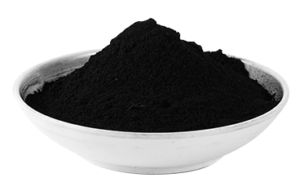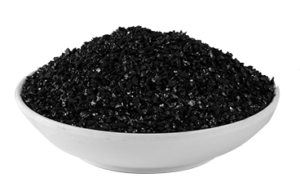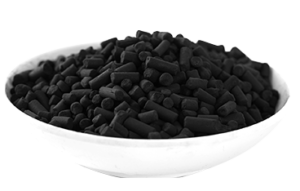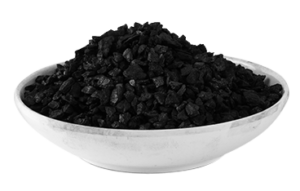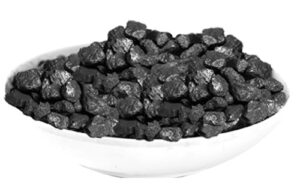It would seem that the production of activated carbon requires a lot of time and effort on the part of the workers. By exercising deliberate control over the oxidation process, we may initiate the formation of porous carbon structures inside the charcoal at the first step. Because of this process, the microstructure that was created has a high degree of permeability and a wide variety of pore sizes distributed across its whole. It may vary from fissures and cracks that are easily apparent to holes and cavities that have proportions on the subatomic scale. Carbon, in addition to having a predefined structure, has a huge surface area, which allows it to absorb a variety of chemical compounds due to its ability to do so. Activated carbon is the end product of this process, and the activated carbon that is produced has a far higher density of adsorbing permeability than any other material that can be found on earth.Activated carbons of the highest quality are manufactured and supplied by MICBAC India, the top activated carbon manufacturer in Chandigarh, to industries and treatment facilities all over the nation.
Granular activated carbon
GAC is manufactured from coconut casings and other organic materials that seem to be rich in carbon. Activation of carbon’s porous structure is accomplished by heating it while removing oxygen from the air. Heating the raw ingredients to temperatures of over 950 ° C. inside a chamber lacking O2 is the method of choice.Following that, charcoal is subjected to a variety of substances, including argon and nitrogen. After this step, it is put back into the chamber where it is subjected to a high-temperature environment of between 650 – 1250 ° C. After this step, the activated carbon gets subjected to additional crushing and screening to get a granulated form.
Powered activated carbon
Microscopic, low-volume holes are created during the processing of activated carbon to improve the amount of coverage that may be used for absorption. Since it has a considerable standard of porous structure and improved adsorption capabilities, it may be used in both home and industrial settings.
Powdered activated carbon does indeed have a high absorption coefficient and a molecular diffusion length when compared to other forms of activated carbon. The carbon molecules that makeup powder from activated charcoal have been broken or ground and then filtered through a fine membrane filter. It then goes through an additional pulverisation step to produce powdered carbon.
Why choose us?
The natural resources we use to make our regular goods include a variety of granulated, powdered, and extruded varieties of coconut husks; different degrees of charcoal; and timber.
Since we operate our manufacturing facilities, we can provide you with a wide range of solutions. We’re able to create custom-sized commodities and custom-graded products. There are several other packing alternatives available to us as well.
At MICBAC India, we can provide you with additional options in addition to activated charcoal. Because of their extensive prior expertise, the experts at our company can devise the most effective activated carbon product for every specific input.

